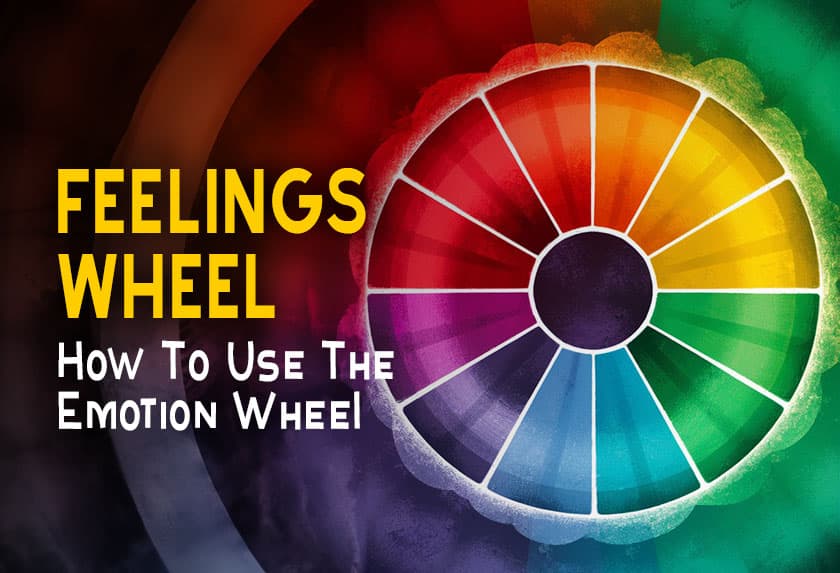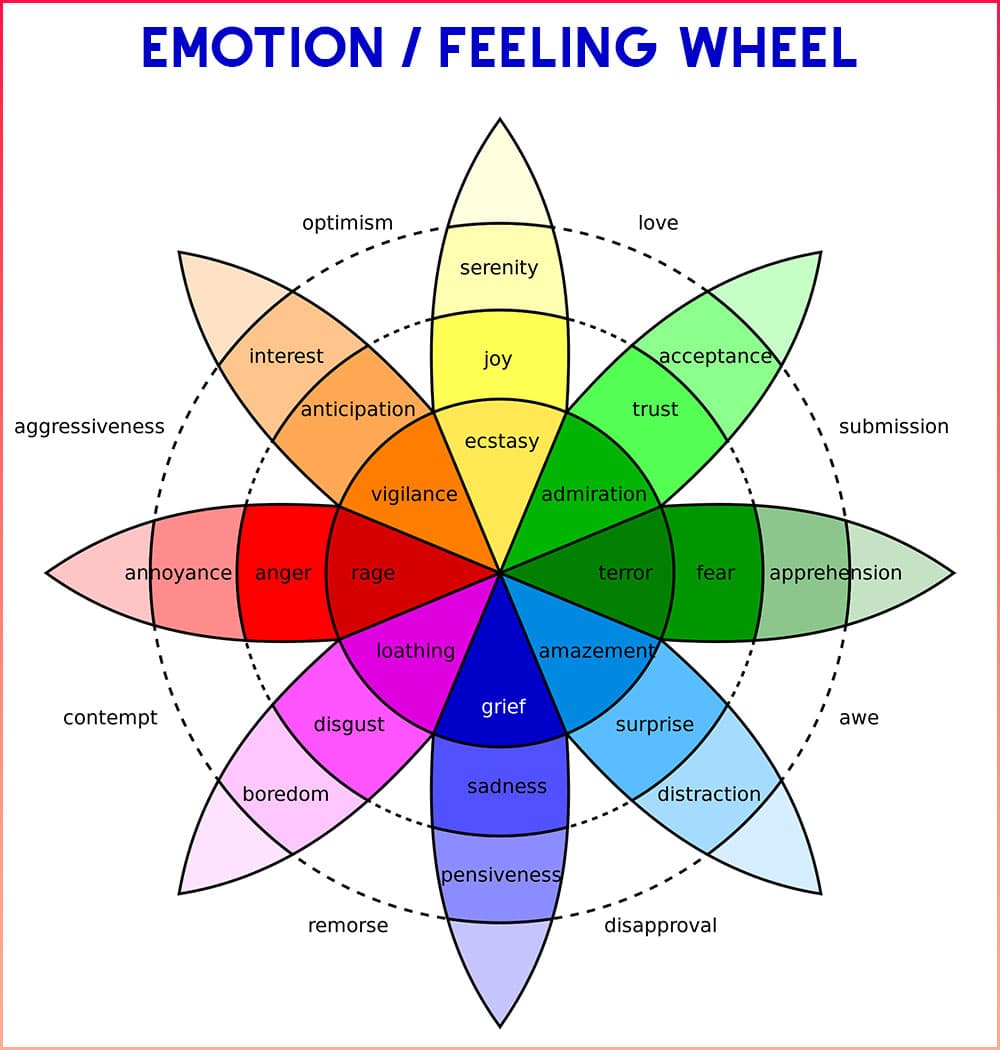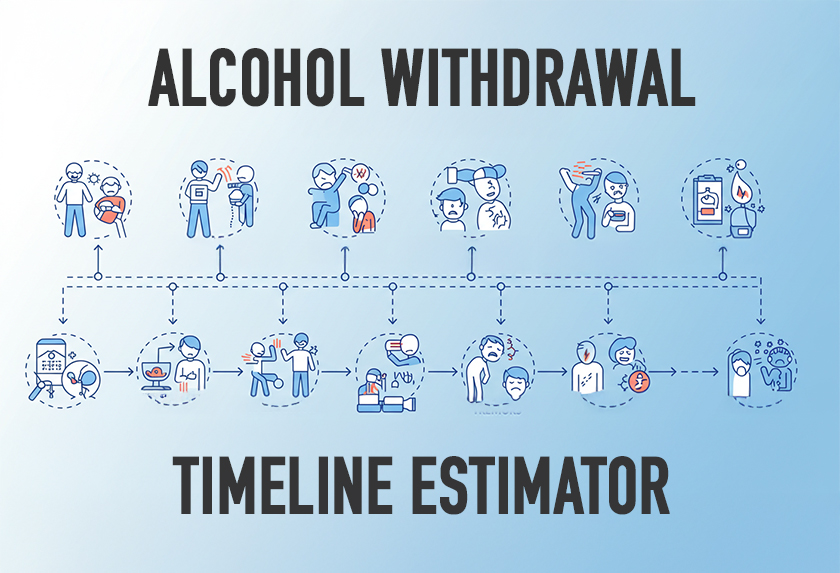The feelings wheel or emotion wheel is a tool designed to help people navigate the world of feelings.
Created by Dr. Gloria Willcox, this innovative visual aid provides a way to understand and express the subtleties of our journeys.
The Concept Behind the Feelings wheel
Essentially the feelings wheel appears as a diagram that organizes emotions into rings. The innermost circle contains more emotions while the outer circles encompass more specific and nuanced feelings.
By breaking down emotions, into sections the emotion wheel enables individuals to identify and effectively communicate their current state with accuracy. This process promotes self awareness and enhances intelligence.
The Layered Design of the Feelings Wheel / Emotion Wheel
The feelings wheel features a design, where each ring represents a level of emotional detail. At its core are emotions like “happiness,” “sadness,” “anger,” and “fear.”
Surrounding this ring are layers that elaborate on these core feelings providing a diverse vocabulary to describe ones emotional landscape in finer detail.
For example “happiness” can be further categorized into feelings, like “joy,” “contentment,” “gratitude,” or “hopefulness.
On the side the term “sadness” can refer to feelings, like “grief,” “disappointment,” or “loneliness.”
By delving into these distinctions people can deepen their understanding of their current state making it easier to communicate their feelings to others and seek appropriate support when needed.
Understanding Emotional Awareness
Emotional awareness is a tool that goes beyond being a visual aid; it opens doors to self discovery and personal development.
By nurturing intelligence one can navigate interactions more effectively handle stress and anxiety better and ultimately lead more satisfying lives.
Imagine a scenario where a young professional named Sarah often felt overwhelmed at work but struggled to pinpoint the reasons behind her emotions.
Using the emotion wheel as a guide Sarah discovered that her overwhelming feelings were a mix of “anxiety ” “frustration,” and “exhaustion.”
With this understanding she was able to communicate her needs clearly with her colleagues and find targeted strategies to address each specific emotion.
Using the Feelings Wheel
The applications of the feelings wheel are diverse and extend into areas such, as therapy and counseling.
- Mental health professionals often use the feelings wheel to help clients recognize and process their emotions leading to self exploration and healing.
- In schools introducing the emotion wheel can enhance intelligence in children by giving them the language and tools to express themselves positively.
- Within workplaces promoting awareness through the feelings wheel can improve communication, conflict resolution and overall well being, among employees.
- Individuals can employ the emotion wheel as a tool for self reflection gaining insights into their patterns and moving towards greater self awareness and personal growth.
Using the feelings wheel is like embarking on a journey of self discovery that requires patience, practice and a willingness to delve into ones landscape.
As individuals become better at identifying and expressing their emotions they develop a sense of self awareness, empathy and emotional intelligence – all skills, for navigating lifes complexities.
The emotion wheel can help in aspects of life such as personal growth, career advancement or therapeutic environments.
It serves as a resource empowering individuals to embrace their emotions and establish connections with themselves and others.
Summary of the Feelings Wheel
The Feelings Wheel is an instrument that helps individuals explore and articulate the range of emotions they experience internally.
It can be a foundation for developing regulation and expressing desires accurately even though it may pose challenges at times.
Expressing feelings can be especially difficult during moments of anger or frustration making it a struggle to communicate effectively.
This is where the Feelings Wheel comes in facilitating communication and offering insights into how we react to situations based on basic psychological principles.
The wheel utilizes colors to symbolize emotions providing an aid for describing feelings when words fall short.
The next time you find it challenging to express your emotions consider using the Feelings Wheel as a method.
Utilizing the Feelings Wheel can also benefit children by helping them navigate their expressions effectively.
While children may enjoy exploring ways to convey their feelings, understanding regulation early on is crucial for building healthy relationships with their emotions both, at school and home.
FAQs about the Emotion Wheel
How does one go about using the feelings wheel for understanding feelings?
Start by taking some breaths and tuning into your state. Look at the circle of the feelings wheel to pinpoint the emotion you’re feeling. Then expand outwards to the rings to explore detailed descriptions that match how you’re currently feeling. Remember to be patient and truthful, with yourself as you go through this process.
Is the emotion wheel effective for children?
Definitely! The emotion wheel is a tool for nurturing intelligence in kids. With age language and visual aids children can develop the ability to identify and express their feelings from an age setting a strong foundation for emotional growth.
Can the feelings wheel benefit individuals dealing with disorders or trauma?
Yes utilizing the feelings wheel can be helpful for those facing disorders or trauma. It’s advisable to seek assistance from a health professional who can offer guidance and support throughout this process along with coping strategies tailored to individual needs.
Is it possible to personalize the feelings wheel?
While the fundamental structure of the feelings wheel is widely accepted there’s room, for customization based on preferences or cultural backgrounds. Practitioners might add words or adjust the visual aids to connect better with their intended audience.
Could incorporating the feelings wheel be beneficial, in a work setting?
Companies could introduce the feelings wheel during employee training, team building events or counseling services. By promoting conversations about emotions and offering a tool, like the emotion wheel workplaces can enhance awareness, communication and create a more compassionate and empathetic atmosphere.















